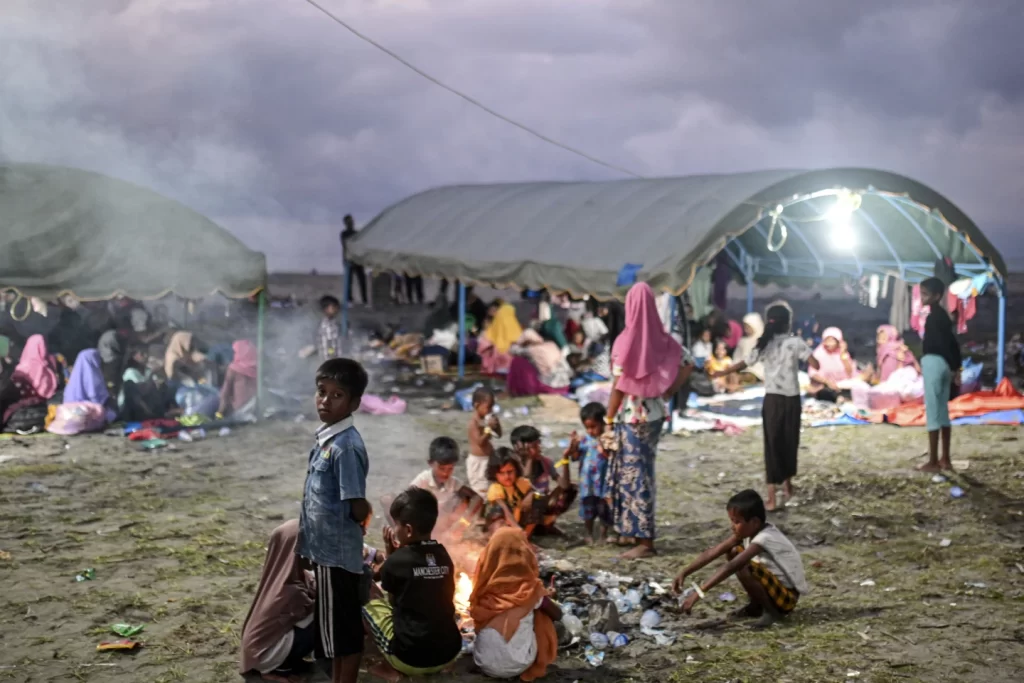
PIDIE, Indonesia— Their screams and sobs could be heard from the ailing boat soon after it emerged into view amid the vastness of the Andaman Sea. Crowded on board were tiny babies and children, alongside mothers and fathers begging to be saved.
The passengers were ethnic Rohingya Muslims who had fled surging gang violence and rampant hunger in the squalid refugee camps of Bangladesh, only to find themselves adrift with a broken engine. For a moment, it appeared their salvation had arrived in the form of another boat carrying Rohingya refugees that had pulled up alongside them.
But those on board the other boat — itself overloaded and beginning to leak — knew if they allowed the distressed passengers onto their vessel, it would sink. And all would die.
They wanted to help, but they also wanted to live.
Since November, more than 1,500 Rohingya refugees fleeing Bangladesh in rickety boats have landed in Indonesia’s northern province of Aceh — three-quarters of them women and children. On Thursday, Indonesian authorities spotted another five boats approaching Aceh’s coast.
This account of two boats in distress at sea — one was saved, the other vanished — was told to The Associated Press by five survivors from the vessel that made it to shore.
It provides the first clues into the fate of the boat carrying up to 200 Rohingya refugees that has been missing for weeks. On Dec. 2, the United Nations refugee agency, the UNHCR, put out an urgent message about the two boats in distress and urged countries to look for them.
But in the case of the boat that remains missing, it appears no one searched.
From a grey, trash-strewn beach near where they staggered ashore on Dec. 10, the survivors told the AP of their harrowing journey and the agonizing decisions made along the way.
“I remember feeling that together, we would be finished. Together, we would sink. Together, we would drown,” says 31-year-old Muhammed Jubair, who was among the 180 people on his boat to be rescued, along with his three children, wife and brother-in-law.



